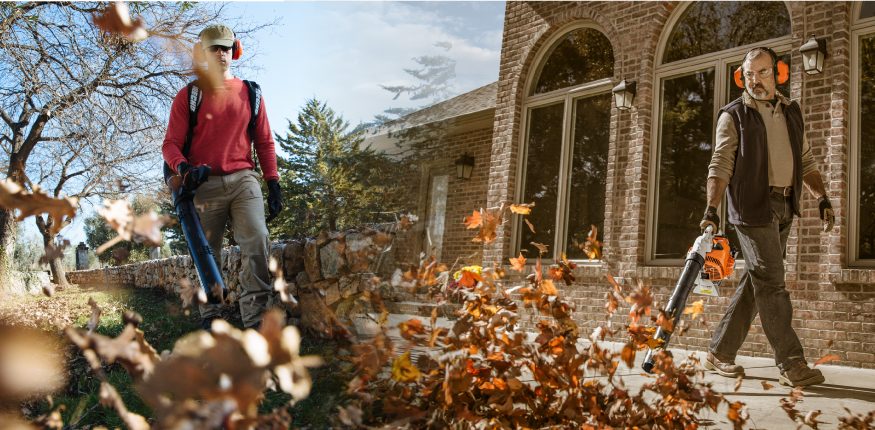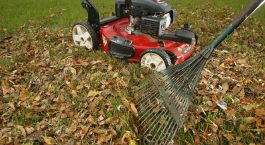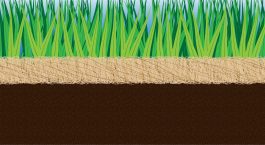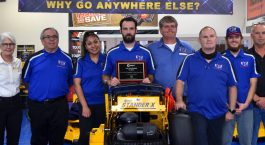There are tons of blowers on the market, and many people make the mistake of buying one that will NOT suite their needs, OR they spend a ton of money on a blower that is capable of waaayyy more than they will ever throw at it. I’m here to keep you out of both of those categories.
There are three styles of blowers that would be recommended for homeowners: handheld, backpack and walk-behind (if you are a commercial user there are also stand-on blowers). In addition, blowers have battery, corded and gas options. Prices range from about $30 for a cheap corded blower to well over $1000 for a large walk-behind model. So what exactly is important when considering what to buy?
We are going to look at the three main factors when it comes to buying a blower:
- Power (CFM/MPH)
- Maneuverability & Versatility
- Noise Level
Blower Power
CFM or MPH? What are They?
Manufacturers are going to measure blower output using two different metrics: air volume measured in cfm and air speed/velocity measured in mph. These two metrics determine the overall output of a blower, so which one is more important? In general you will want a blower with both a high CFM and MPH.
CFM is going to be the main concern for most. Air volume = amount of leaves/debris moved. A higher CFM means that the blower can move more leaves, grass, or other debris. Basically, the CFM is going to get debris moving.
MPH is the blower’s ability to keep debris moving. Additionally, having a higher mph will allow the blower to blow heavier debris. If you need to blow heavy objects such as wet leaves, small stones, and twigs; a higher MPH will be needed.
Blower Maneuverability & Versatility
This is not going to be something a manufacturer can measure nor is it something I can explicitly say is better or worse. Depending on your intended use of the blower and the size of the area you are covering will determine how important the maneuverability/versatility is.
Handheld blowers are going to be the most maneuverable and versatile. They are lightweight and can easily reach into tight spots. Backpack blowers are also going to be easy to maneuver even though they are larger and heavier than handheld blowers. Both handheld and backpack blowers are going to be omni-directional. You can blow debris in any direction without much effort.
Walk-behind blowers are not as easy to maneuver and are really only good for clearing large areas of debris. They have a limited range of motion and generally only blow leaves in one direction. However, the user does not have to carry any weight, so blowing debris is as easy as pushing a shopping cart.
Blower Noise Level
Noise levels are measured in decibels, but it may not be a factor for everyone looking to buy a blower. Generally, the larger and more powerful a blower is, the louder it is going to be. Electric blowers will greatly reduce the noise levels because they do not have an engine. In addition, they only make noise when the trigger is squeezed. Gas blowers will make noise even when idling and the engine makes a ton of noise.
Blower Breakdowns
Handheld Blowers
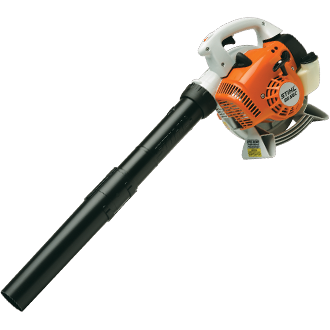
Handheld models are generally going to have the lowest power output, but are the most versatile and easy to maneuver. A good handheld blower has an air volume of 350-600 CFM with air speeds over 190 MPH. They are quiet and some can be converted into a leaf vacuum. Handheld blowers are recommended for those looking to clean up small areas. Also, they should only be used for lighter debris.
Corded Models:
Pros
- Lightweight & Quiet
- Cheap
- Higher CFM and MPH
- Little to no maintenance
Cons
- Limited by cord length
- Damaged cord can be hard to repair or replace
- Can be less durable
Cordless/Battery-Operated Models:
Pros
- Lightweight & Quiet
- Easy to maneuver
- Cheap to maintain
Cons
- Expensive
- Limited to life of battery
- Generally weaker output
Gas-Powered Models:
Pros
- Cheaper than cordless with similar maneuverability
- Mid-range CFM and MPH
- More versatile through conversion kits
Cons
- Heavy & Loud
- Expensive to maintain
- Requires mixed fuel
Backpack Blowers
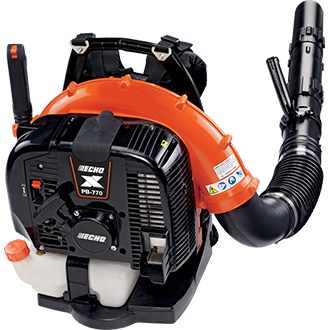
Backpack blowers are going to maintain a decent amount of maneuverability while increasing power output. In addition, they move the majority of the weight onto the user’s back as opposed to straining arm strength. A good backpack blower has an air volume of 580-630 CFM with air speeds around 180 MPH. Backpack models are versatile and are great for medium to large sized areas. They are generally only a bit more expensive than a handheld blower, but produce much more power.
Pros
- High CFM and MPH
- Easy to maneuver
- Able to move larger debris
Cons
- Heavy & Large
- Can get expensive
- Generally run on gas
- Louder than handheld blowers
Walk-Behind Blowers
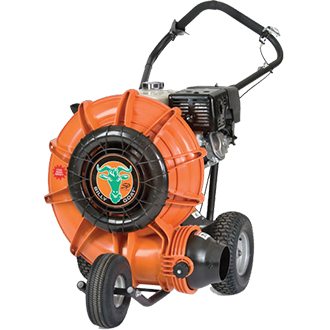
Walk-behind blowers are the most powerful of the three groups. In general, wheeled blowers only blow in one direction, so they are not great for tight spaces. If you are not able to support a lot of weight, a wheeled blower could be your best option. Additionally, they are perfect for large open areas. A good walk-behind blower has an air volume of 1080 CFM for smaller areas to 2600 CFM for larger areas with air speeds at or over 200 MPH.
Pros
- Highest CFM and MPH
- Make quick work of large areas
- User bears no weight
Cons
- Expensive
- Les control over where leaves blow
- Cannot be used in tighter areas
My Recommendations
- Handheld
- Corded – Stihl BGE 61
- Cordless – Greenworks Commercial 82B600
- Gas – Echo PB-2520 or Stihl BG 56 C-E
- Backpack
- Small – Stihl BR 200
- Mid – Stihl BR 350 or Echo PB-580
- Large – Stihl BR 600 or Echo PB-770
- Best – Stihl BR 800 X or Echo PB-9010
- Walk-Behind
- Small – Billy Goat F602X
- Mid – Billy Goat F1002SPV
- Large – Billy Goat F1402SPV
